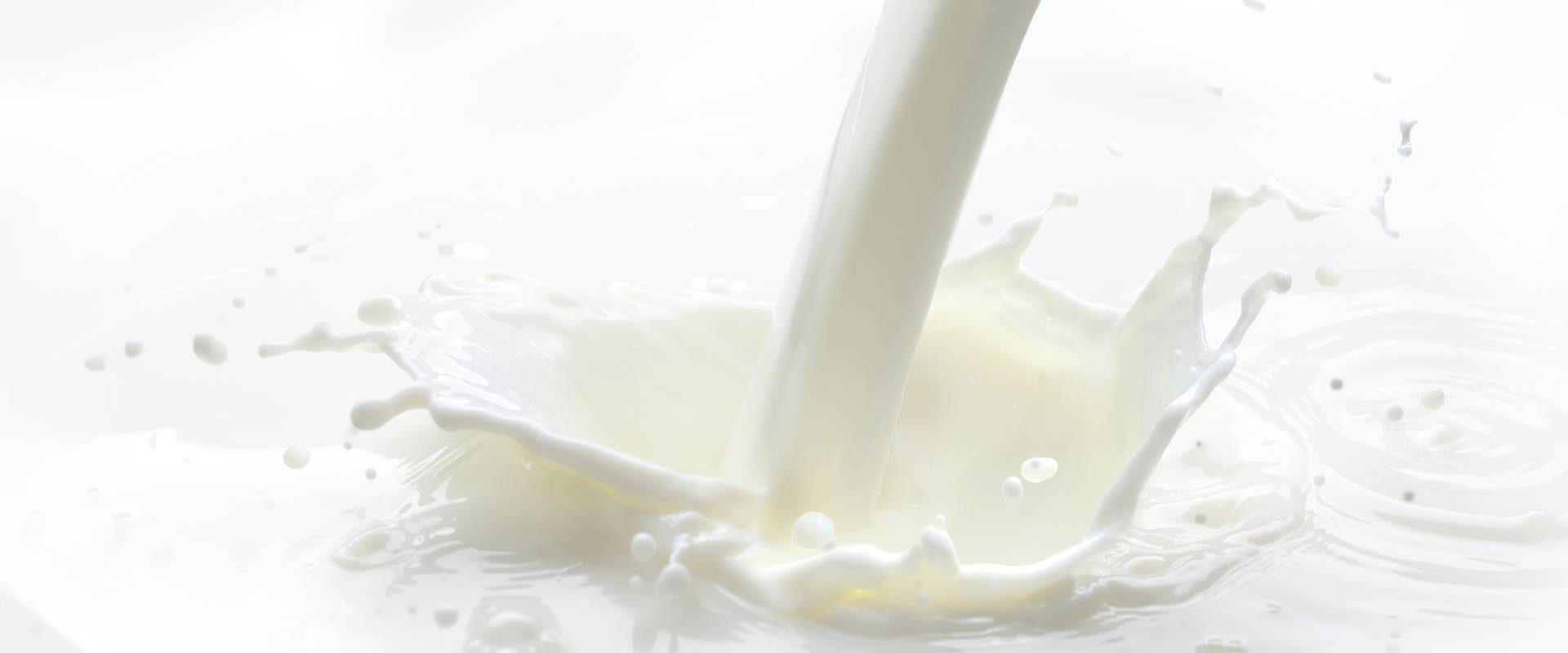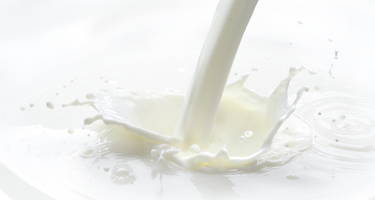
The concerned amount of fat in your breast milk is a common worry among breastfeeding parents. If you are exclusively breastfeeding you may wonder how much fat is actually in your milk, whether is it enough and if your baby getting it while nursing. If you are pumping you will actually be able to see the fat in your milk because as it is stored in the fridge that layer will naturally rise to the top. You may see pictures of pumped milk on social media and may think that your milk doesn’t look as fatty. You may also notice that different pumping sessions yield different amounts of fat. Let me break down some of the facts on the fat in your breast milk to help you feel confident in your milk!
Fact #1
The fat content of human milk is relatively constant as it is made in the breast.
Fact #2
The fat content of your milk depends on the fullness or emptiness of your breasts- the more full the less fat, and the less full the more fat. This happens because the fat adheres to your milk ducts and as the breast becomes emptier the fat is forced out of the ducts along with the milk.
Fact #3
The longer the time between feedings and the fuller the breasts become, the greater the difference in fat content between foremilk (milk at the beginning of the feed) and hindmilk (milk towards the end of the feed). These differences in fat content can vary greatly over the course of a day even among individual mothers. For example, when a long breastfeeding gap occurs during the night, at the next feeding a mother’s foremilk will be lower in fat than during a time of day when her baby breastfeeds more frequently.
Fact #4
Don’t judge how much fat your baby gets by how long it takes them to nurse. Some babies take a full feed in 4 minutes per side (especially as they get older and get more efficient) while others take 15 minutes to get the same amount. You can’t tell anything about fat content from the length of the feed, so it’s best to follow the cues of your baby.
Fact #5
The research tells us that the breastfeeding parent’s diet does not affect the average amount of fat or calories in their milk. However, you can change the types of fat in your milk by altering the types of fats in your diet.
Fact #6
The research tells us that baby’s total volume of milk intake over 24 hours, not the amount of fat in milk, is the only thing that has been correlated with infant growth in exclusively breastfed babies.
Summary: Focus on a nutrient-dense diet with lots of healthy fats, carbohydrates, and protein. Some great sources of fat are avocados, nuts or seeds, coconut oil, olive oil, eggs, fish, flax seeds, and beans. Breastfeed per your baby's cues. If you are pumping, use your hands while pumping to help empty all areas of your breast. If you are ever unsure reach out for help from a lactation consultant to help you!




